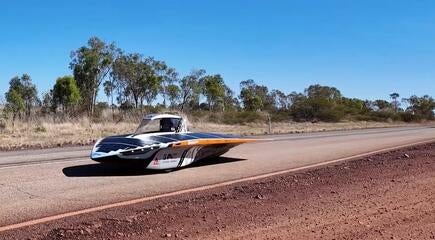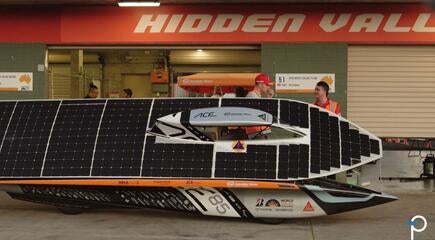Electric Vehicle Batteries in 2025: Redefining the Road Ahead
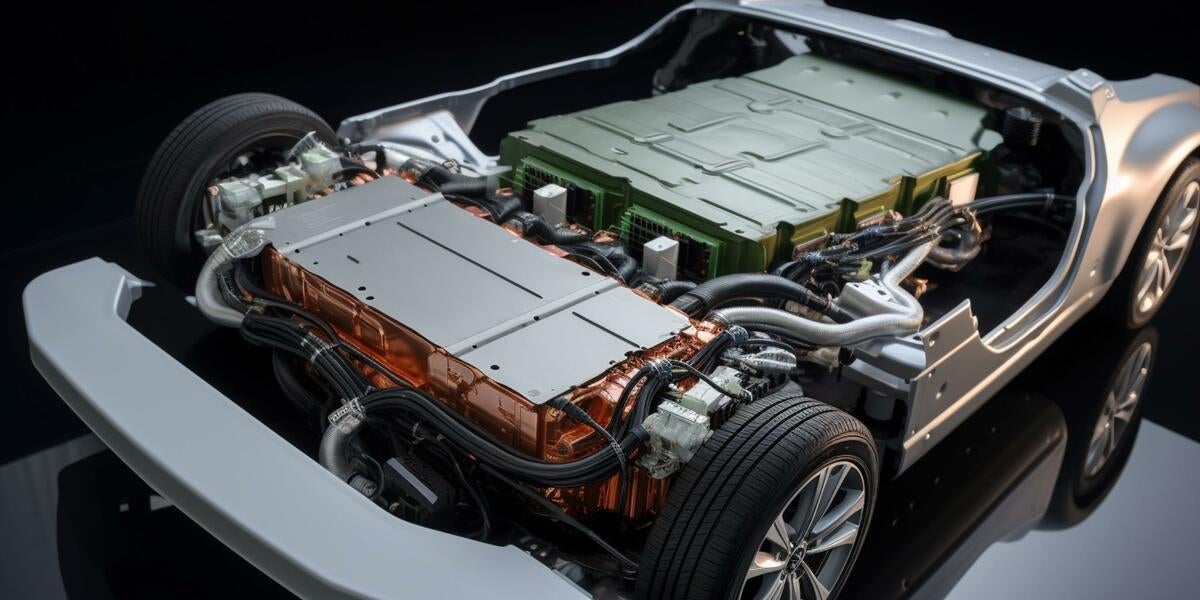
In the fast-evolving world of electric vehicles (EVs), battery technology remains the linchpin of innovation. Over the past few years, steady progress in energy density, charging speed, and safety has brought EVs closer to mainstream dominance. In 2025, the industry is seeing a wave of advancements that are expanding range, slashing charging times, and lowering costs, all while improving sustainability.
From Promise to Performance: Solid-State Batteries Take Center Stage
Solid-state batteries have moved beyond the lab and into the spotlight. Huawei recently unveiled a prototype SSB, which claims to achieve energy densities between 400 and 500 watt-hours per kilogram (Wh/kg) and is capable of delivering an astonishing 1,800 miles of range while charging in under five minutes.
While questions remain around real-world performance and scalability, the announcement underscores the rapid pace of innovation.
Meanwhile, Chinese automakers like CATL and BYD are pushing the envelope with high-density battery packs that rival traditional lithium-ion systems.
CATL’s latest development, in collaboration with GM and Tesla, promises energy densities exceeding 300 Wh/kg, a leap that could make 1,000-mile EVs commonplace within the decade.
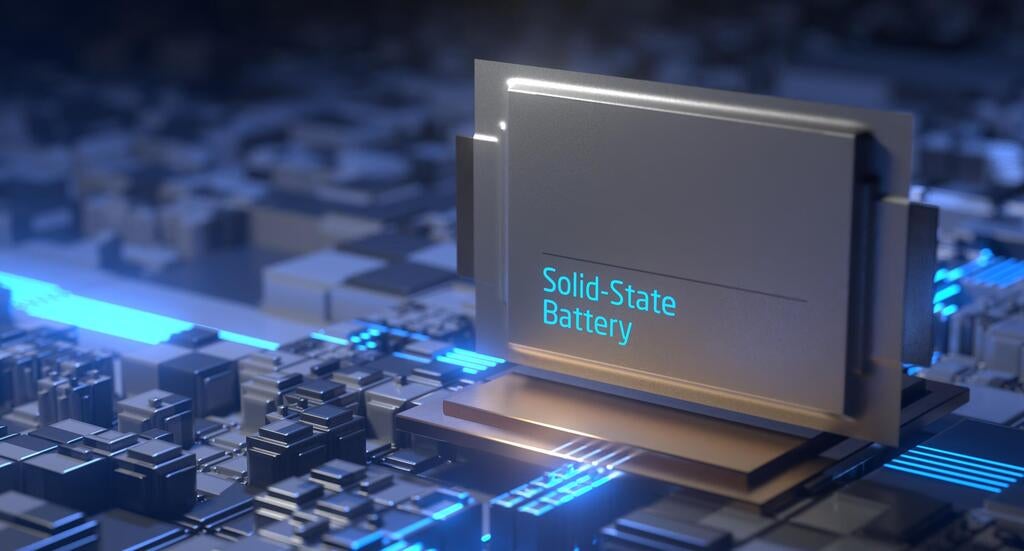
Charging Times Slashed, Range Doubled
One of the most significant barriers to EV adoption—charging time—is being demolished. New battery chemistries and thermal management systems are enabling charging to 80% in under 10 minutes, a milestone thought to be years away until relatively recently.
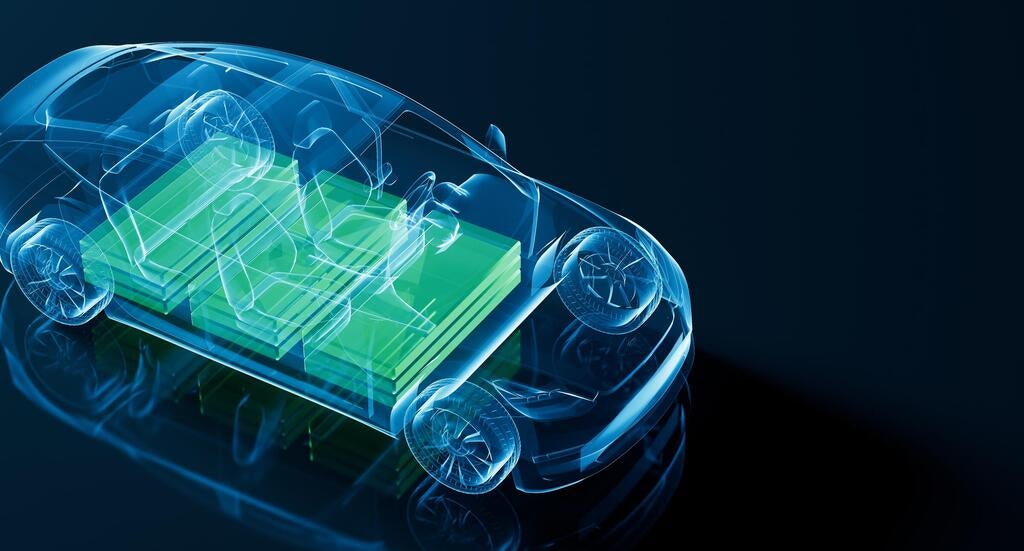
According to a recent report in Sustainability Times, these advancements are not only improving convenience but also doubling driving ranges without increasing battery size.
GM’s latest battery platform, revealed in May 2025, integrates advanced materials and AI-driven battery management to optimize performance across temperature extremes.
This system not only enhances safety but also extends battery lifespan, addressing long-standing concerns about degradation.
Affordability on the Horizon
Perhaps the most transformative shift is economic. According to Goldman Sachs, EV battery prices are expected to drop nearly 50% by the end of 2025, driven by improvements in manufacturing efficiency and material sourcing. This decline could make EVs more accessible to mainstream consumers and accelerate the transition away from internal combustion engines.
Environmental and Engineering Impacts
The environmental footprint of battery production is also shrinking. New designs are minimizing reliance on rare metals like cobalt and nickel, and solid-state manufacturing processes are proving more energy efficient. These changes align with broader sustainability goals and could make EVs not just cleaner on the road, but cleaner to produce.
Looking Ahead
The road ahead for EV battery technology is paved with promise. From Huawei’s ultra-range prototypes to GM’s AI-optimized platforms and CATL’s high-density packs, the industry is entering a new era of performance, safety, and affordability.
While challenges remain—particularly around scaling solid-state production and ensuring real-world reliability—the momentum is undeniable.
As these technologies mature, they will redefine what drivers expect from their vehicles and what engineers can deliver.
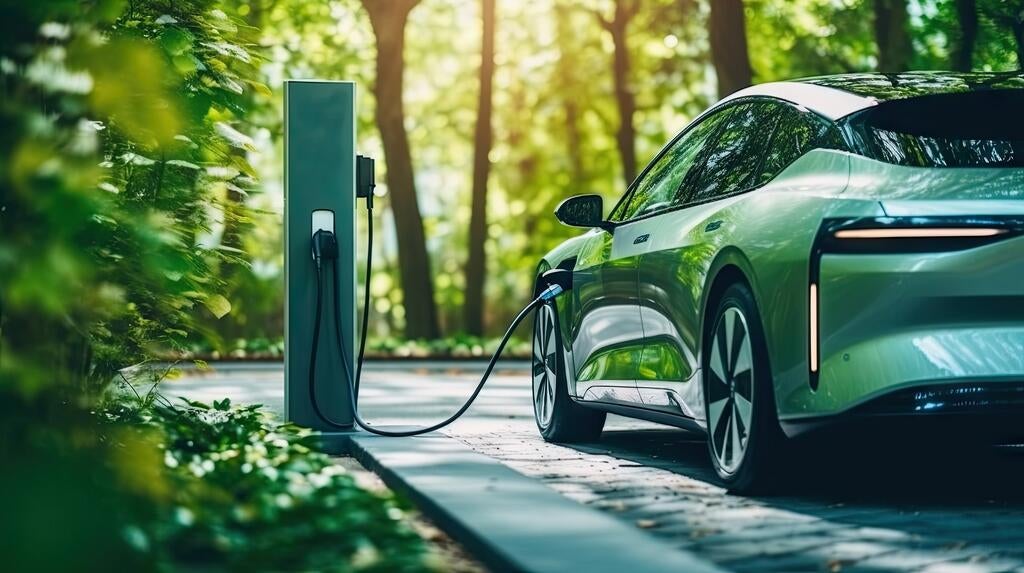
Powering the 12 V Subsystems
While high-voltage battery packs drive the core propulsion systems in EVs, every vehicle still relies on a 12 V subsystem to power lighting, infotainment, sensors, and safety electronics. Power Integrations’ automotive-qualified InnoSwitch3-AQ switcher ICs enable ultra-efficient µDCDC conversion from the main battery pack to the 12 V rail.
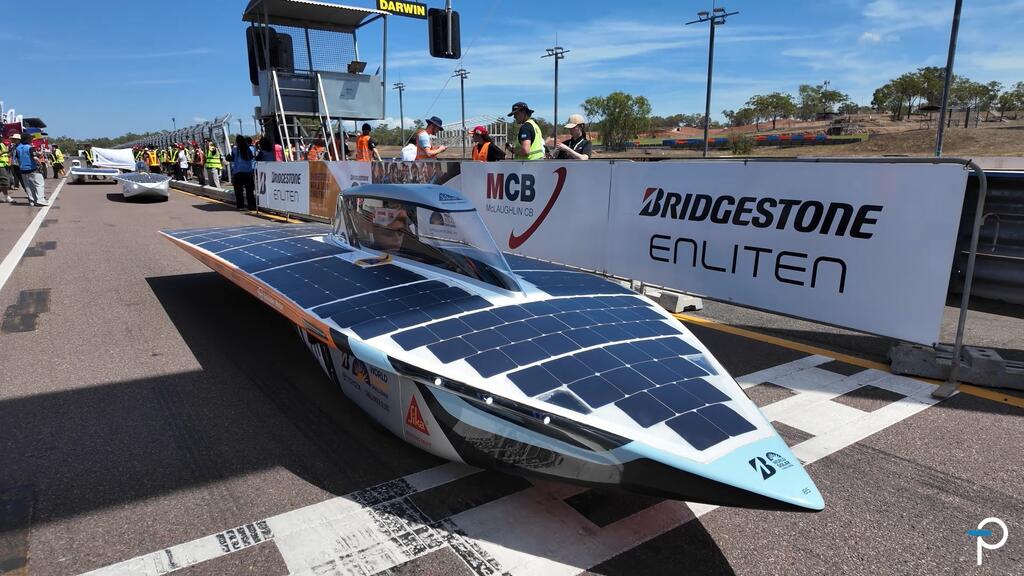
This year’s Bridgestone World Solar Challenge sees Switzerland’s Team αCentauri utilizing a PowiGaN-based InnoSwitch3-AQ into their solar-powered race car.
The converter plays a critical role in managing energy distribution from the high-voltage solar array to the car’s 12V systems—ensuring stable operation of telemetry, lighting, and control electronics during the grueling 3,000 km race across the Australian Outback. It’s a compelling example of how cutting-edge power electronics are enabling not just commercial EVs, but also the next generation of sustainable mobility platforms.
This Mr. Green blog is part of our special coverage of Bridgestone World Solar Challenge 2025 as our #PowiGaNVan chronicles Team αCentauri’s journey through the Australian Outback. Follow #PowiGaNVan on Power Integrations’ official YouTube Channel and LinkedIn Page.


